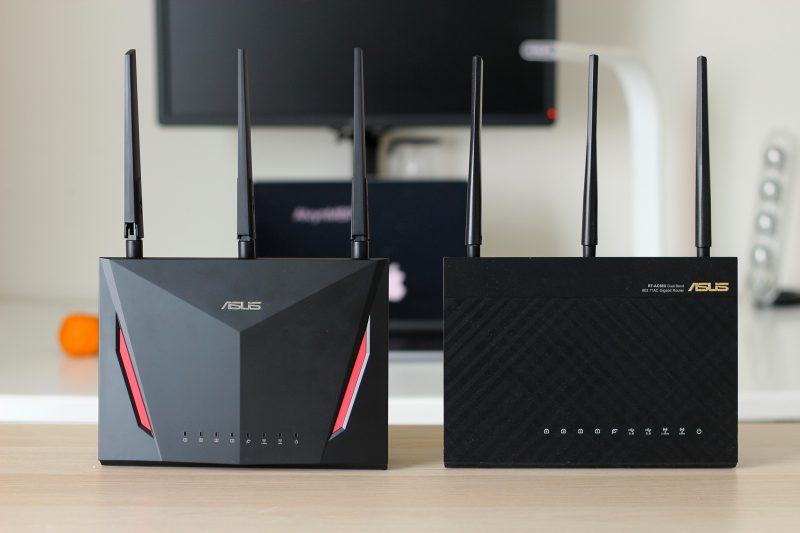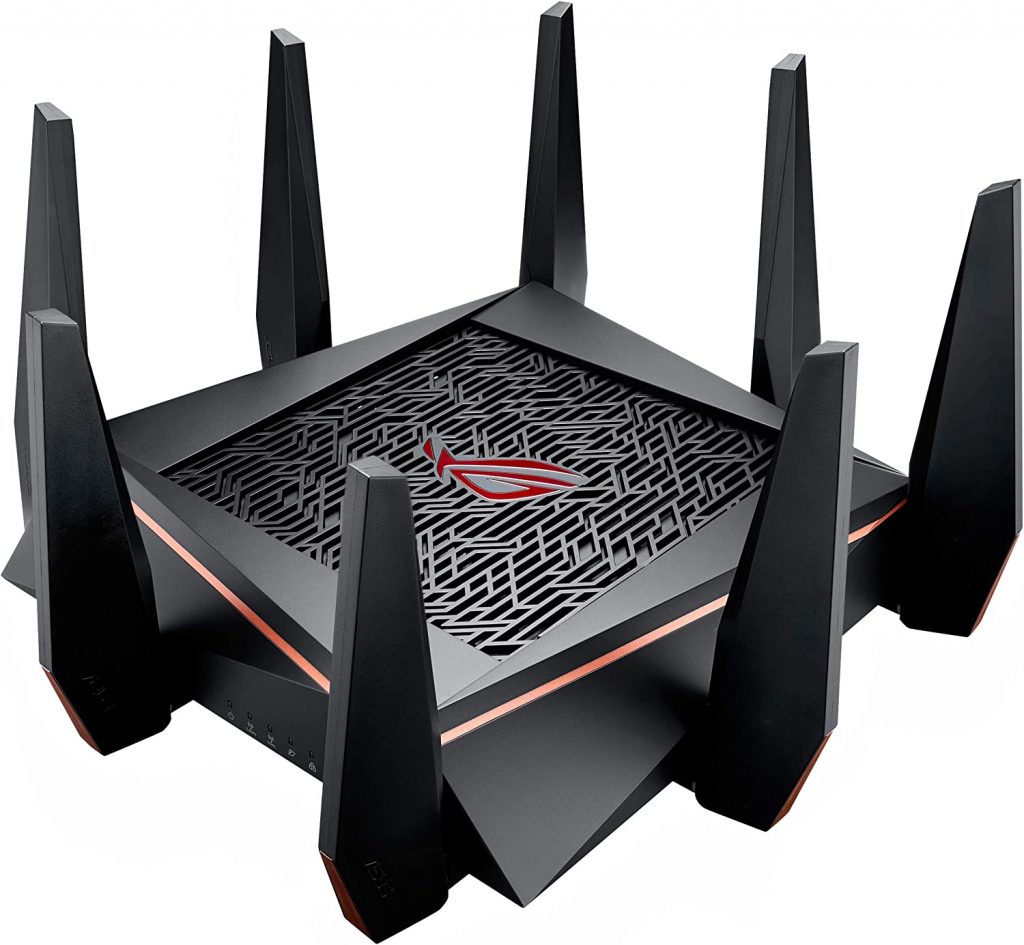With technology’s presence in our lives, proper WiFi coverage is necessary. But who wants to bother with routers, extenders, boosters, and repeaters? Mesh networking is a better way to manage and enhance your network.
Mesh networks have become increasingly popular in the past few years. Many manufacturers are introducing their version of the mesh network model, and AiMesh is one of the most popular options. Don’t know what is AiMesh? Continue reading, and you’ll find out.

What Is AiMesh?
AiMesh is a networking device introduced by ASUS. The technology comes as a networking device with the intelligence to handle and manage all your networking devices, delivering a seamless experience.
An AiMesh system comprises a main node or router that acts as the controller node. Despite the main node, you can connect secondary nodes or extenders. The device then controls all nodes and acts as an interface before the end user.
That way, instead of switching between various networks throughout the home or office, AiMesh does all the routing for you. It creates a single network, so you won’t have to struggle with signal strength anymore. The mesh system continuously tracks signal strength and redirects your device to another source when necessary.
What’s best about the device is that it is utterly flexible. You can also view all your networks and connect to them manually if you want to. The device is designed to meet all your preferences, so you can easily set it up to fit your needs.
The Advantages of Using an AiMesh
Although the mesh networking technology is relatively new, the AiMesh delivers impeccable results. It has many advantages over the standard wireless network, including the following:
Easy installation
Setting up an ASUS AiMesh local network is very straightforward. All you need to do is plug the internet cable from the device to the WAN port of your primary router (that’s AiMesh) compatible and set it to AiMesh controller mode. Then, connect a PC to the router using a wireless or wired connection. Login to the ASUS admin interfaces and update your ASUS router firmware.
Before you can continue, you might have to reset the router. In that case, wait for a couple of minutes until the device reboots, and you can continue. All that’s left to do is to open up the operation mode and set the default router to operate in ‘Wireless router mode’ or ‘AiMesh router mode.’
You can choose to customize some additional settings to improve your mesh network, or save your changes, add nodes, and start using the network.
Self-healing connection
Another perk of the AiMesh is that it creates a self-healing connection that won’t fail to provide you with reliable internet access.
Even if there’s a problem in some part of the AiMesh network, the system’s self-healing capability will immediately replace a faulty router using some of the remaining router connections, delivering a seamless surfing experience. That way, your connection won’t be disrupted, and you won’t notice any inconveniences.
Read more: How to Set up a Mesh Network

Impeccable WiFi speed
According to ASUS tests, an AiMesh system using two of their ROG Rapture GT-AXE11000 WiFi 6E routers can deliver 6 times faster throughput than other WiFi 6 mesh systems. Connectivity speed depends mainly on your internet service provider, but the AiMesh system will make sure you make the most of it.
Powerful management and simple optimization
You can control and manage the AiMesh system in a mobile app and a web interface. These two options allow you to quickly check connectivity, monitor traffic, customize settings, and optimize the AiMesh topology.
With such simple management and optimization, running a mesh network is now entirely hassle-free.
Customizable configurations
The AiMesh system and ASUS router app/web interface make some of the most powerful tools that’ll allow you to customize your configuration to a great extent. They allow you to change system parameters, set a backhaul type, update node settings, and much more. With such professional tools, you can tailor your network settings completely and eliminate networking problems.
Scalability
Scalability is another upside when using the ASUS AiMesh system. If you’re currently working with a smaller network, you can create an initial setup using a single router. As your networking needs to grow, you can add additional devices, including satellites.
If you have an older ASUS router lying around, you can re-use it as a node when upgrading to a newer one. You can also purchase some of ASUS’s more affordable routers to build a budget mesh, while the more expensive solution will deliver a high-performing system.
AiMesh Compatible Routers
If the idea of a mesh network seems intriguing, the AiMesh is undoubtedly among the top-rated options. However, before you purchase an AiMesh system, make sure you’re using a compatible router. For a list of all the AiMesh compatible routers that are currently supported by the system, follow this link.
How Does It Work?
After learning more about what is AiMesh, you’re probably wondering how the incredible system works. This mesh networking system works pretty similarly to other mesh networks. It uses an optimum frequency band, usually 2.4 GHz or 5 GHz, for backhaul data transmission and relaying data from the primary router and access points to the client device.
The device also works with LAN networks and Ethernet cables. You can connect the AiMesh router to an AiMesh node via Ethernet if you prefer a wired network. That way, the routers will use Ethernet for backhaul, freeing up the wireless network so you can surf the internet without interference.
Also read: What Is a Smart WiFi Router?
What to Expect?
If an AiMesh router seems like the next smart move to upgrade your current network, here’s what you can expect from it:
- Flexible backhaul with dedicated wireless, user-selectable, wired, and mixed backhaul
- Daisy chain for the main router and nodes and switches between hardware units
- Auto-sensing network ports with the WAPN port functioning as an internet source and the rest of the ports working as LANs
- Access point mode so you can set your AiMesh to work as a WiFi broadcaster on top of another router